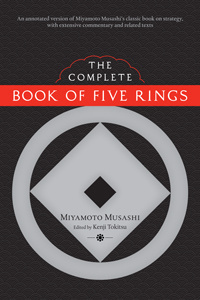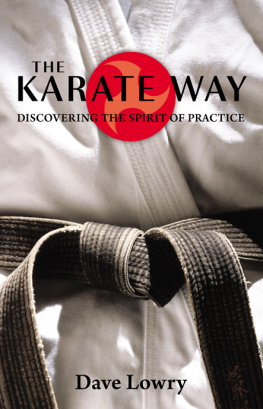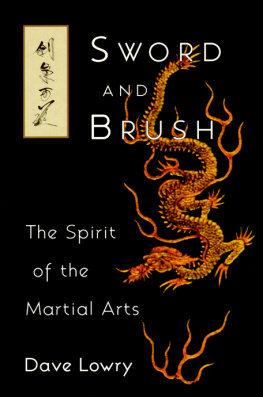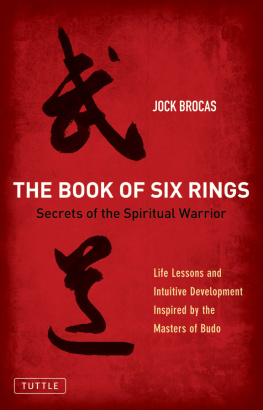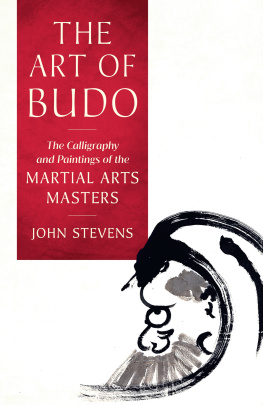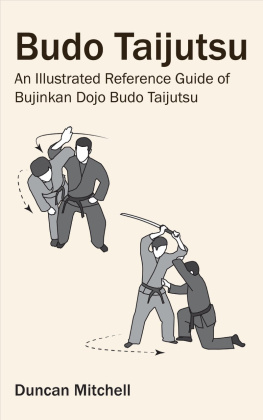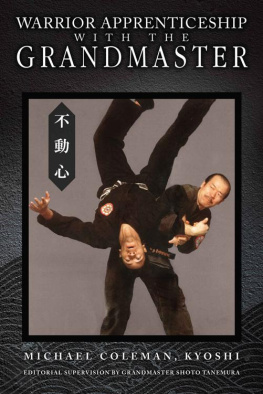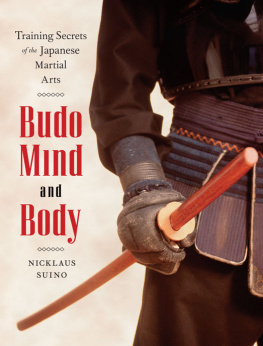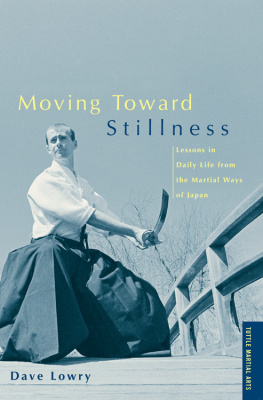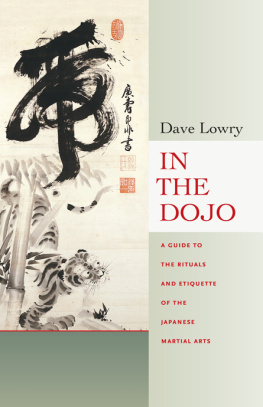ABOUT THE BOOK
The study of budo, or the Japanese martial arts for self-cultivation, is a lifelong path toward perfection of character. Here, Dave Lowry, a sword master who has practiced and taught budo for over forty years, addresses the myriad issues, vagaries, and inconsistencies that arise for students of karate-do, judo, kendo, kenjutsu, aikido, and iaido as their training develops. He examines such questions as:
- What is the relationship between the student and teacher, and what should one expect from the other?
- What does rank really mean?
- How do you correctly and sensitively practice with someone less experienced than you?
- What does practice look like as one ages?
- Why do budo arts put such an emphasis on etiquette?
- And many others
Lowry also gives practical advice for beginning and advanced students on improving structural integrity in posture and movement, focusing under stress, stances and preparatory actions before engaging with an opponent, and recognizing a good teacher from a bad one.
DAVE LOWRY is an accomplished martial artist, calligrapher, and writer. He is the restaurant critic for St. Louis Magazine and writes regularly for a number of magazines on a wide variety of subjects, many of them related to Japan and the Japanese martial arts. He is the author of numerous books including Autumn Lightning: The Education of an American Samurai, Sword & Brush: The Spirit of the Martial Arts, Clouds in the West: Lessons from the Martial Arts of Japan, and The Connoisseurs Guide to Sushi.
Sign up to learn more about our books and receive special offers from Shambhala Publications.

Or visit us online to sign up at shambhala.com/eshambhala.
THE ESSENCE OF
BUDO

A Practitioners Guide to Understanding
the Japanese Martial Ways
DAVE LOWRY

SHAMBHALA
Boston & London
2011
For Meik, whose counsel and advice have always been in inverse proportion to the quality of his jokes and puns
Shambhala Publications, Inc.
Horticultural Hall
300 Massachusetts Avenue
Boston, Massachusetts 02115
www.shambhala.com
2010 by Dave Lowry
All rights reserved. No part of this book may be reproduced in any form or by any means, electronic or mechanical, including photocopying, recording, or by any information storage and retrieval system, without permission in writing from the publisher.
Library of Congress Cataloging-in-Publication Data
Lowry, Dave.
The essence of budo: a practitioners guide to understanding the Japanese martial ways / Dave Lowry.1st ed.
p. cm.
eISBN 978-0-8348-2213-9
ISBN 978-1-59030-846-2
1. Martial artsJapanPhilosophy. 2. Bushido. I. Title.
GV1100.77.A2L635 2010
796.8dc22
2010022460
YOU CAN, IF YOU WANT, pursue your martial art as a pleasant hobby.
You can look at your budo as a way to make yourself stronger, more confident, as a way to win championships, or attain status, or socialize with others who share your interest. You can use your martial arts practice as an indulgence in romanticism, pretending you are a modern-day samurai. No ones thought to leave me in charge of how you should or shouldnt engage in your martial arts training. Ill tell you this much, though: You want to follow budo as a Way? You want to pursue a martial art as a medium through which to approach and understand life? Then theres some stuff youd better do and some stuff youd better know.
First, youd better know that budo are a lot of hard work. You are reading this book. And it doesnt have any how-to pictures in it. Those two facts immediately establish that you are not the sort who just shows up at the dojo and goes through the motions, or the sort who thinks that budo is exclusively about perfecting physical technique. You understand there are other components in budo and that engaging ones intellect is far from a pointless endeavor in learning to understand the martial Ways. Thats nice. And profitable for me, the writer of this book. But its also easy to get the idea, reading books and contemplating the great mysteries of the martial Ways, that sweat, blood, and tears arent really all that necessary. They are. In copious amounts at times. The budo are lots and lots of hard, physical work: perspiring in the dojo and being achingly numb with cold in there as well. They are about training when you dont feel like it, about being afraid, being bored, being so tired you dont think you can do one more technique. Thats why, while this book cant make you stronger or technically more skilled, Ive devoted the first third of it to suggestions for addressing the physical and mental aspects of the budo.
Second, youd better understand right away that the budo are essentially, fundamentally, an expression of traditional Japanese culture and values. Yes, they have been Westernized, to some extent, even in Japan. That isnt all bad. It is, in any event, inevitable. Institutions like budo change. They evolve. And devolve. They have, during their history, grown rich in meaning and value as human endeavors. And they have become impoverished at times, leeched of some of their profundity and energy. There was never a moment in the history of the martial arts and Ways of Japan when the budo were frozen in some ideal incarnation. There was never a golden moment when the martial Ways of Japan reached their summit of perfection and from which they have been in a sad decline ever since. They have ebbed and flowed throughout their existence. The addition of Western influences is only one more chapter in their story, and it isnt necessarily or even probably the definitive chapter. There is nothing inherently evil in Westernizing Japanese budo to some extent.
Try to strip away too much of the cultural appointments the budo intrinsically possess, however, and you will risk destroying their fundamental meaning. That means that if you want to follow the budo, you must be willing to play in a different ballpark than the ones with which most of us are familiar and in which most of us have played. Budo isnt just a more exotic form of sport or activity than the more normal ones we know. It isnt like joining a softball league. Or taking up fly fishing. Its in a different park, with different rules. If you are serious about it, you have to learn what that park is like and what those rules are. Those rules of the budo depend a great deal on tradition. For that reason, the middle third of the book deals with that subject: the traditions of the Japanese martial Ways.
Finally, if you are serious about your budo you must understand that there are influences on it, and so by extension, on you, that are not always immediately observable or obvious. Having sincerity, dedication, a willingness to exert yourself and learn: these are vital if you are going to pursue a budo seriously. You must understand that there are other elements, however, that will play a role in your maturation as a martial artist. The way you choose a teacher, the way that teacher got his own training, the attitudes in the dojo that have resonances outside it: all these are factors with which you must contend if your budo is going to be a transformative and worthwhile part of your life. If there is one area I think needs critical improvement in the budo, it is in the matter of how we question, evaluate, and explore some of the less obvious areas of our training. Most of these areas present their own challenges and some dilemmas, and in some cases it is their contemplation rather than any specific answers we might get that provide their true value. The final third of this book is given over to some of these points for reflection.
Next page
